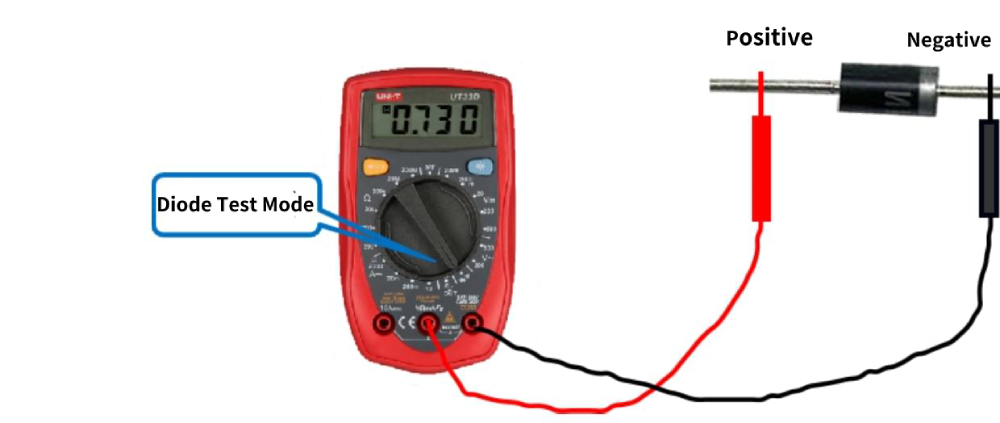SMD LEDs are widely used in daily life and are usually used for lighting. Many people have no idea how to determine the positive and negative poles of SMD LEDs.
SMD LED-Distribution
Generally, SMD LED manufacturers use red, green and blue when producing SMD LED displays. According to the different distribution positions of SMD LEDs, they can be divided into high-directional SMD LEDs, standard SMD LEDs and scattered SMD LEDs. High directivity is a pointed epoxy package or a package with a metal reflective cavity without any scattering agent. It has strong directivity and can be used as a local lighting source.
The standard type is usually used as an indicator light, and its half-value angle is between 20° and 45°. The scattered type means that the viewing angle of the indicator light is larger, and the half-value angle is between 45° and 90° or larger.
SMD LED-Features
SMD LEDs are divided into ordinary brightness LEDs according to luminous intensity and working current, and those with luminous intensity between 10-100mcd are called high-brightness SMD LEDs.
The working current of common SMD chips is from tens of mA to tens of mA, and the working current of small current chips is below 2 mA. SMD chips have the advantages of small size, long life, low power consumption, high brightness, environmental protection, suitable for mass production, durable and reliable, fast response speed, energy saving, shock resistance, shockproof, high resolution, strong designability, dll.. during use, and are widely used in the current industrial field.

SMD LED-color classification
With the development of society, the application of SMD LED is becoming more and more extensive, which makes the types, styles and performance of SMD LED continue to increase. According to SMD LED, it can be divided into: orange, red, hijau, yellow-green, pure green, standard green, blue light, white light and other different types. Some SMD LEDs also contain chips of two or three colors.
According to whether the light-emitting diode is doped with scattering agent, colorless or colored, SMD LEDs can be divided into four types: colorless transparent, colored transparent, colored scattering, and colorless scattering.
SMD LED-positive and negative identification SMD LED positive and negative identification is particularly important, and the brightness of the lamp depends entirely on the SMD LED. How to identify the positive and negative poles of SMD LEDs: Observation method: look down, one side of the colored line is the negative pole, and the other side is the positive pole; large-sized LEDs will have some marks near the poles, such as cutting corners, spray painting, or different pin sizes, generally with markings, small and short pins are negative poles; small-sized 0805 dan 0603 packages have a T-shaped or inverted triangle symbol on the bottom, the horizontal T is the positive pole; the side of the triangle symbol is close to the positive pole, and the corner is close to the negative pole.
